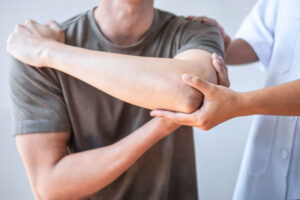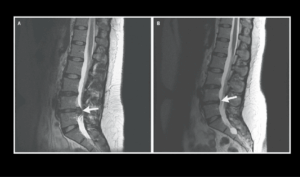Skiing is one of the most exciting and challenging winter activities, attracting people of all ages and skill levels. Gliding down majestic snow-covered mountains is a unique and thrilling experience, but it also carries certain risks. Ski-related injuries are something every skier wants to avoid, but with proper preparation and some practical advice, it is possible to enjoy the ski season safely.
Ski Injuries – Common Injuries and How to Avoid Them
Sprains and Muscle Strains: Falls or sharp turns can cause ligament sprains or muscle strains. The knees, ankles, and wrists are the most vulnerable areas. To avoid this, it is important to keep muscles strong and flexible through conditioning exercises before the ski season.
Fractures: Wrist, collarbone, and ankle fractures are common ski injuries, especially during violent falls or collisions with other skiers. Using proper ski equipment that is well maintained, as well as following safety rules on the slopes, can reduce the risk of fractures.
Knee Ligament Injuries: The anterior cruciate ligament (ACL) is particularly vulnerable in skiing. Avoiding sudden sharp turns and learning how to fall properly can help protect the knee ligaments. Additionally, keeping the leg and core muscles strong provides extra knee stability.
Dislocations: Joint dislocations, such as shoulder dislocations, can occur during falls or accidents on the snow.
Tips to Avoid Ski Injuries
- Physical Preparation: Before starting the ski season, it is important to work on strength and flexibility, especially in the legs and core. Good physical conditioning can help prevent many injuries.
- Proper Equipment: Make sure to use properly fitting and well-maintained ski equipment. Boots, skis, and bindings should be professionally adjusted.
- Warm-Up: Perform warm-up exercises before skiing to prepare your muscles and joints for intense physical activity.
- Know Your Limits: Be realistic about your skiing skills and limits. Do not attempt slopes beyond your level of competence.
- Slope Safety: Respect the safety rules on the slopes and keep a safe distance from other skiers. Always pay attention to signs and warnings on the trails.
Managing Ski Injuries
Despite all precautions, injuries can still happen. If you get injured while skiing, it is important to take appropriate steps to minimize damage and consult a healthcare professional if necessary. Here are some tips for managing ski injuries:
- Stop and Assess: If you feel pain or get injured while skiing, stop immediately and assess the severity of the injury.
- Rest and Apply Ice: Rest the injured area and apply ice wrapped in a towel for 15 to 20 minutes every hour to reduce inflammation.
- Compression and Elevation: Use an elastic bandage to compress the injury and elevate the affected limb to reduce swelling.
- See a Healthcare Professional: If the injury is severe or does not improve over time, consult a healthcare professional as soon as possible.
Skiing can be an exciting and rewarding experience, but safety should always be the priority. With proper preparation, suitable equipment, and knowledge to prevent and manage injuries, you can fully enjoy the winter on the snowy mountains with confidence. Ski safely and make the most of your mountain stay!











